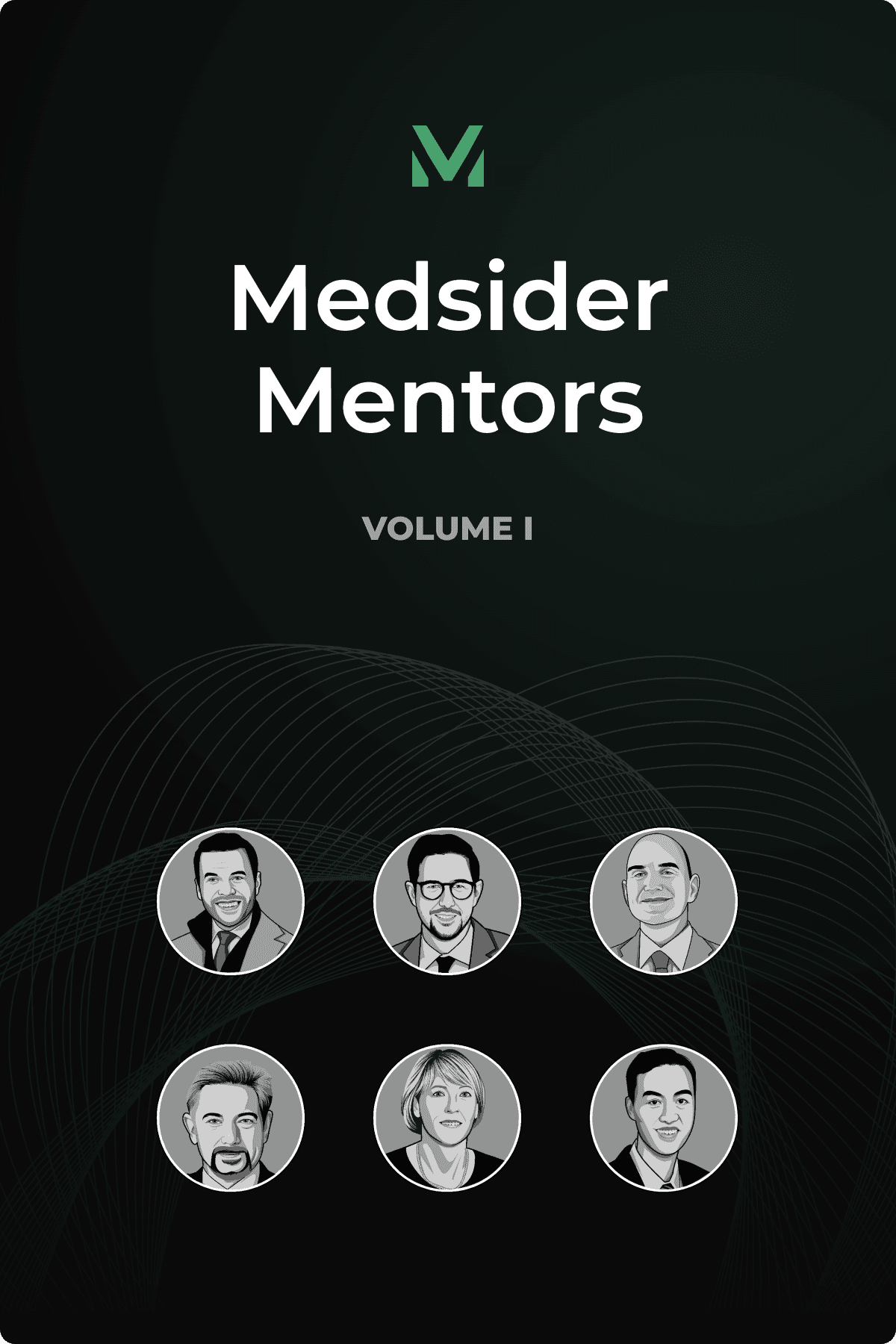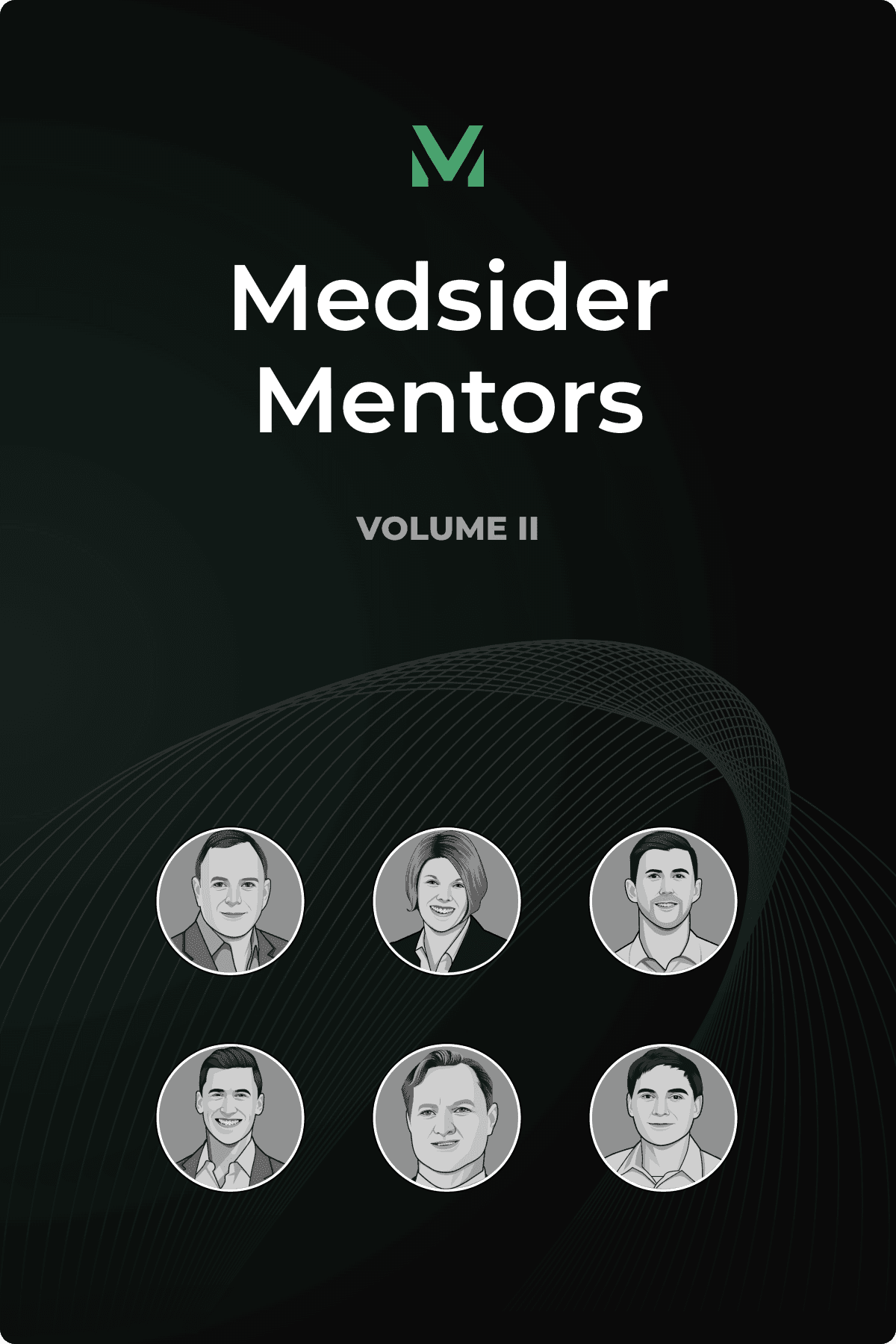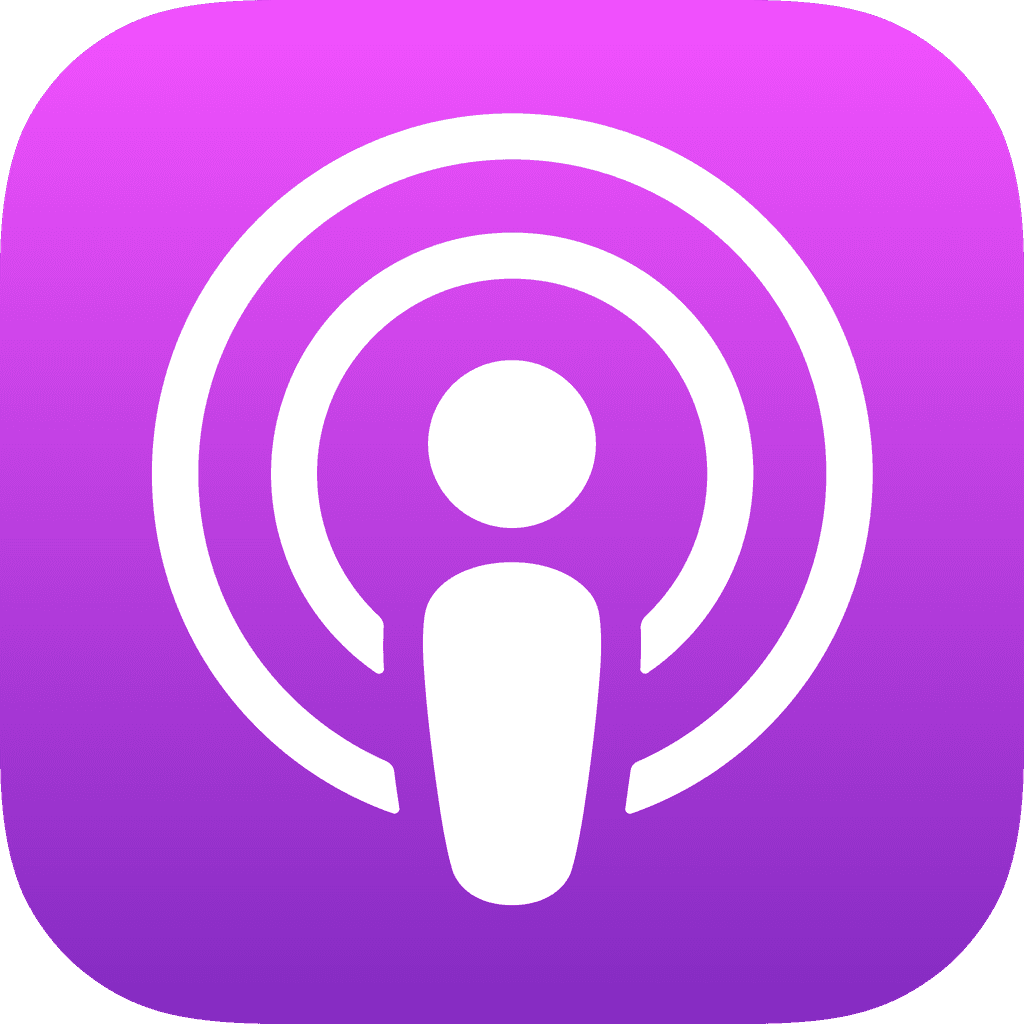Low Drama, High Performance, Big Results
Interview with PhotoniCare CEO Cary Vance

Key Learnings From Cary's Experience
Solve real problems with a strong foundation: demonstrate clinical evidence, workflow efficiency, and financial viability. Showcase clear, data-driven benefits for patients and providers, ensure your solution integrates seamlessly into clinical workflows, and prove its financial value to stakeholders to drive wide adoption of your device.
Align your product development with regulatory, reimbursement, and commercial pathways from the outset. Recognize your own limitations and bring in experienced team members to make your product easy to sell and adopt. When you launch, do it intentionally—start slow to build adoption and prove value before accelerating.
The preparation for a successful M&A starts long before the exit and requires clear alignment with potential acquirers. First, determine if you’re the right person to lead the company through an acquisition and bring in expertise if needed. Evaluate your business rigorously, ensuring it’s de-risked, with a solid market opportunity and a strong value proposition. And start engaging with strategics early—not just to showcase your company but to understand their needs and internal dynamics.
Cary Vance began his medtech journey with two decades of experience at large companies like GE Healthcare, Covidien, and Teleflex where he gained expertise across various cross-functional areas in both capital equipment and disposables. These roles provided him with exposure to world-class processes and talent.
In 2014, Cary took on his first CEO role, and has since helmed six companies in multiple categories, including surgical robotics, diagnostics, and pain management, leading to multiple successful exits.
“At this point in my career, I look for spaces with a massive problem and a technological solution,” Cary says. His current venture, PhotoniCare, is focused on diagnosing and treating otitis media, or ear infections—a condition that affects five out of six children by the age of three. Currently, the frontline and urgent care physicians rely on the otoscope for its diagnosis, which is, in Cary’s words, “basically a penlight in a magnifying glass.” Physicians use it to examine the eardrum, however, the actual issue lies in the middle ear, which is beyond the otoscope’s reach. This inefficiency leads to a 50% misdiagnosis rate for otitis media.
The stakes are high: unnecessary antibiotics and high costs, avoidable surgeries like ear tube placements, and undue stress for families. Cary highlights how outdated the process is compared to other areas of healthcare. For instance, a dentist wouldn’t treat a toothache without an X-ray. Similarly, middle-ear health deserves a technology-first approach.
PhotoniCare’s OtoSight addresses this gap with advanced imaging technology that sees beyond the eardrum, providing accurate diagnoses and minimizing unnecessary treatments. At this point, “You’re not guessing; you’re identifying the problem and creating an informed treatment plan,” Cary explains.
Today, PhotoniCare is in its early commercialization phase. Over 25,000 patients have been examined with OtoSight, which is backed by robust clinical data and FDA clearance. Reimbursement, however, is still a focus area. “Right now, we’re working with two Category 3 CPT codes. These allow customers to get paid, though inconsistently, as they’re temporary codes,” Cary notes. The company plans to submit for a permanent Category 1 CPT code mid-next year, aiming for broader and more predictable reimbursement.
You May Like These Articles
Medsider Premium
Become a premium member and unlock access to exclusive Medsider benefits.



